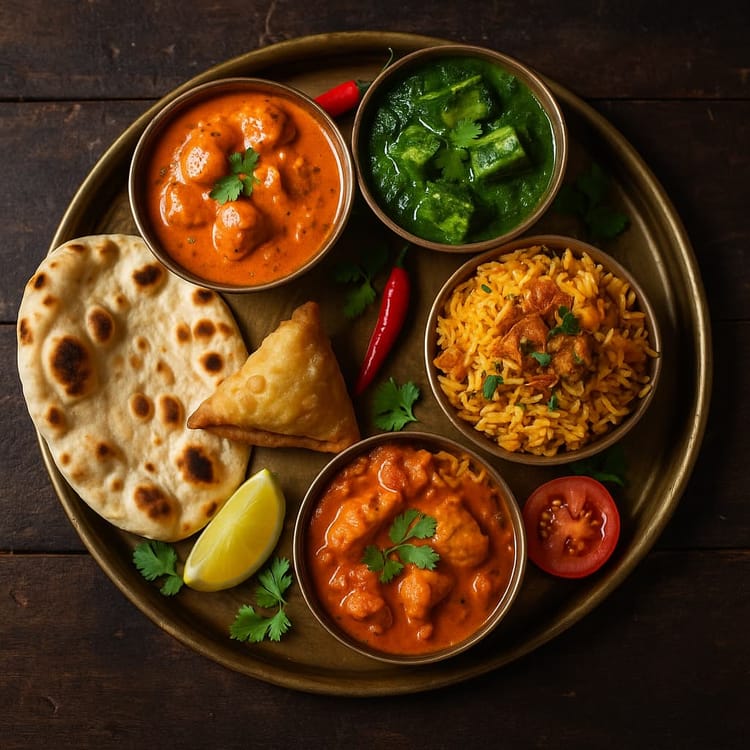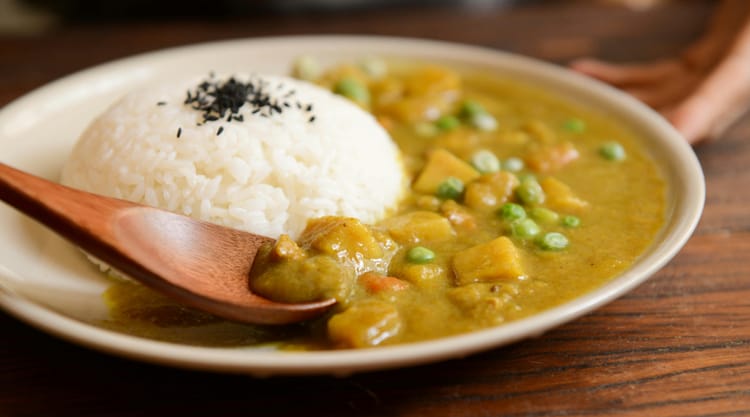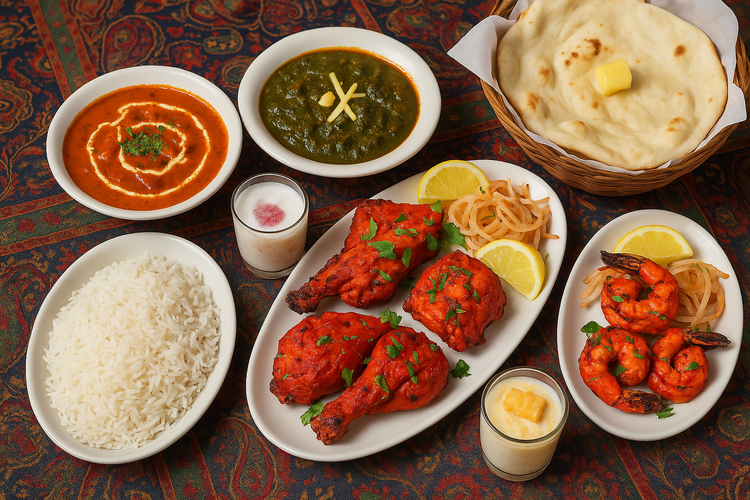Indian Restaurants in Korea: Where to Find Real Curry, Tandoori & Thali in 2025
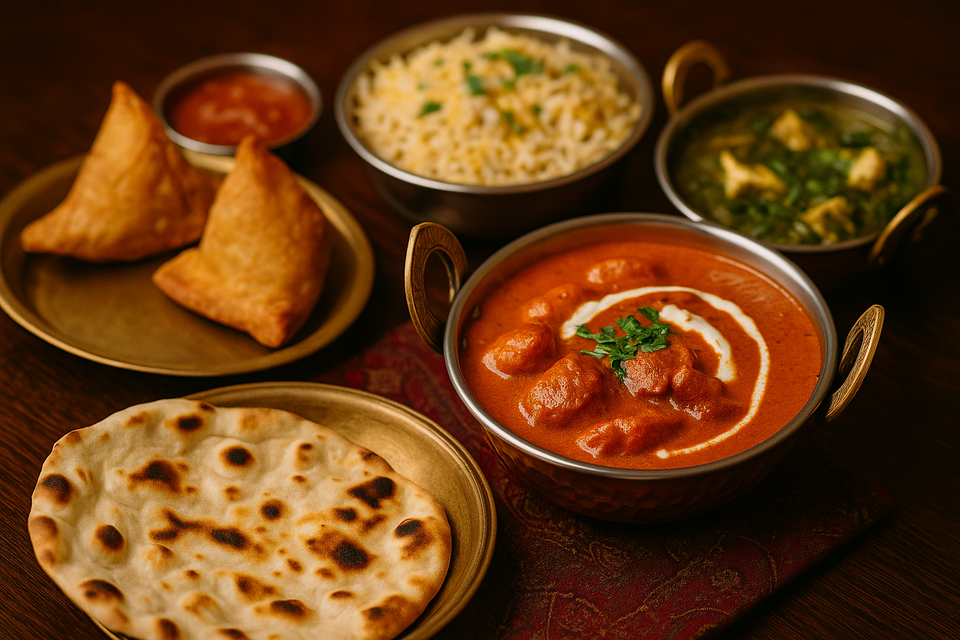
If you’re looking for Indian restaurants in Korea, no matter if it's for garlic naan, creamy butter chicken, or a proper masala chai, you’re not alone. Indian cuisine has quietly carved out a loyal following among expats, travelers, and spice-loving locals across the country.
From the streets of Itaewon to new launches like Varanasi Indian Restaurant in small cities like Daegu, Indian food in Korea now ranges from quick thali sets to region-specific dishes like Hyderabadi biryani or Goan vindaloo.
This guide brings it all together: a look at Indian restaurants in Korea by city, the dishes you'll actually find here, and why the growing love for paneer and paratha isn't just a trend...it's a taste of home for many.
What Defines Indian Cuisine?
Indian cuisine isn’t a single flavor. It’s a spectrum of spices, traditions, and techniques shaped by centuries of regional diversity. In Korea, most Indian restaurants lean toward North Indian dishes, but you’ll increasingly find options that showcase the South, East, and Indo-Chinese influences too.
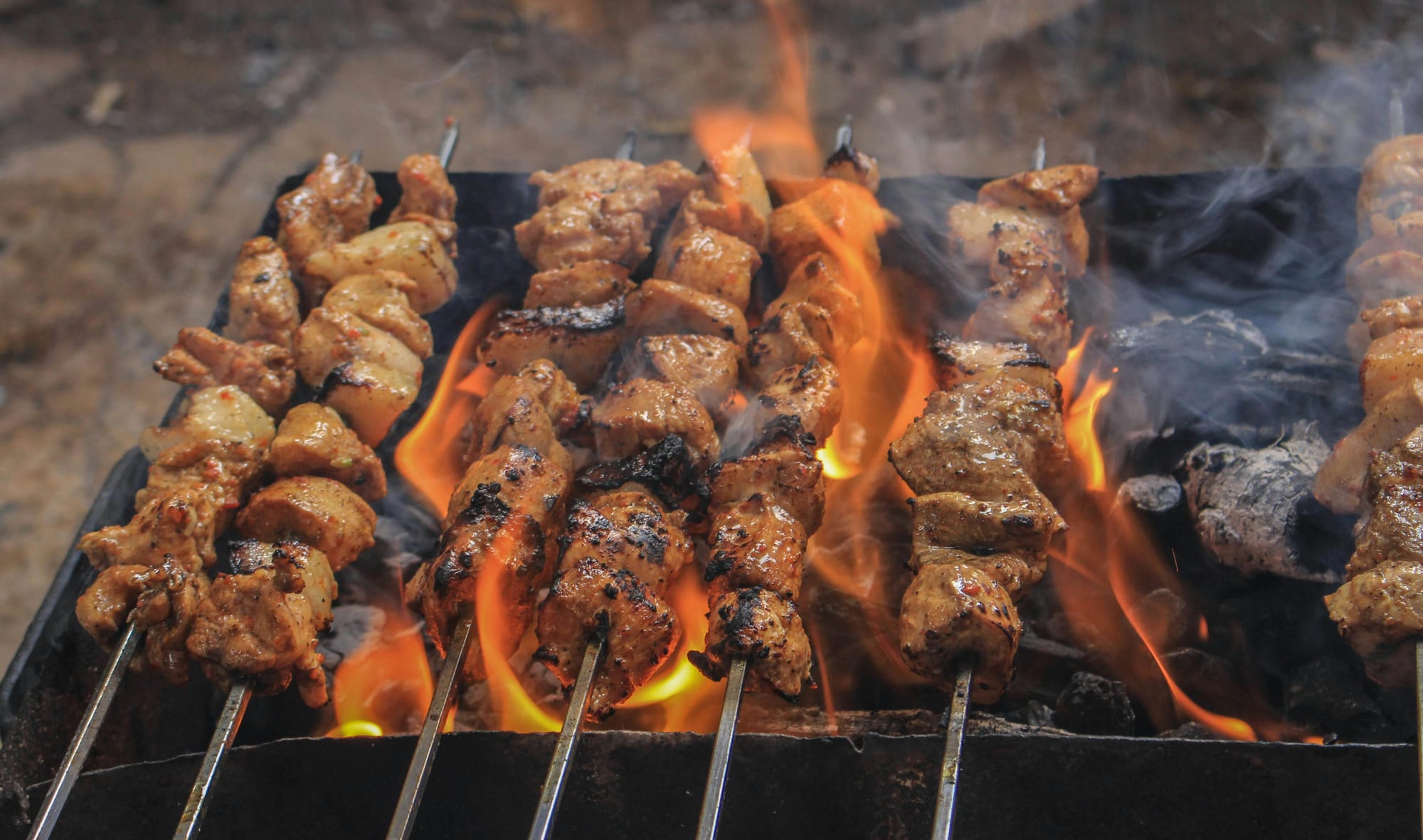
Spices & Flavor Profiles
Cumin, coriander, turmeric, garam masala, and chili powder form the backbone of many curries. But no two restaurants blend them the same way. Unlike Korean cuisine’s gochujang heat, Indian spice is layered: smoky, earthy, sharp, and sometimes sweet.
At many restaurants, you’ll find bold uses of garam masala in butter chicken or subtle cumin-scented dal that appeals to Korean palates without dumbing down the dish.
Vegetarian Roots
India has one of the largest vegetarian populations in the world...and that tradition travels well. Many Indian restaurants in Korea offer vegetarian thali sets, paneer-based mains, and lentil-heavy curries that cater to both dietary needs and flavor seekers.
Vegetarian options aren’t side-thoughts; they’re center-stage, especially for Buddhist expats or plant-based Korean eaters looking for new depth.
Mini Glossary: Indian Menu Terms You’ll See in Korea
| Term | Meaning |
|---|---|
| Curry | Generic term in Korea for a sauce-based dish, usually creamy or tomato-based. In India, “curry” isn’t used as broadly — dishes are named specifically (e.g., butter chicken, aloo gobi). |
| Masala | Means "spice mix." Often refers to dishes flavored with a particular blend, like "chana masala" (spiced chickpeas). |
| Thali | A platter meal with multiple small dishes (curries, rice, bread, chutney) served together — like an Indian tasting menu. |
| Tandoori | Refers to food cooked in a clay oven. Tandoori chicken, naan, and even grilled paneer are common. |
| Paneer | A firm, non-melting cheese used in vegetarian dishes like paneer butter masala or palak paneer (spinach + cheese). |
From its deep vegetarian roots to the warming spice blends, Indian cuisine in Korea isn’t just delicious, it’s a cultural bridge. And if you're unsure where to start, a good masala chai and samosa is always a safe first order.
Indian Restaurants in Korea by City
Indian restaurants in Korea are spread across major cities, each with its own flavor and following. Some cater to students, others to seasoned expats or curious locals. This section gives you a snapshot of what to expect in each city and links you to deeper guides for every region.
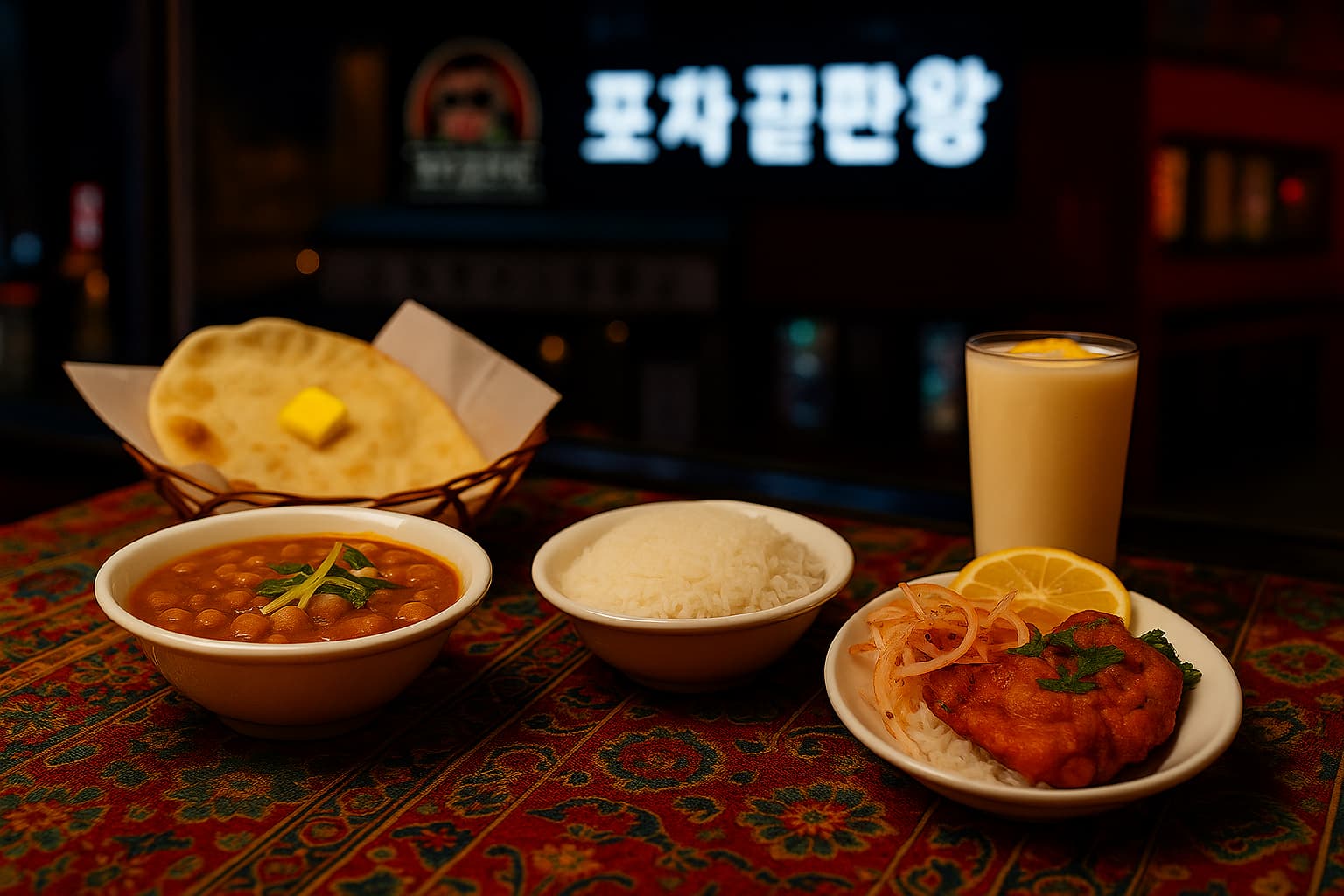
Indian Restaurants in Seoul
Seoul has the most options for Indian food in Korea. You’ll find long-running favorites like Jyoti Restaurant in Sinchon and modern curry houses that mix traditional recipes with local ingredients. Itaewon, Gangnam, and Hongdae are especially packed with places serving tandoori sets, naan, and delivery-friendly combos.
👉 Explore more: Indian Restaurants in Seoul
Indian Restaurants in Busan
Busan’s Indian food scene keeps growing. Areas like Haeundae and Seomyeon are known for beachfront curry spots and quiet tandoori kitchens tucked near train stops. The options may be fewer than in Seoul, but the quality and service are often top-notch.
📝 We’re building this guide now: Indian Restaurants in Busan
Indian Restaurants in Daegu
In Daegu, Varanasi Indian Restaurant stands out as a top choice near Banwoldang Station. The menu includes butter chicken, samosas, palak paneer, and a solid vegetarian selection. The tandoori dishes are especially popular with repeat visitors. Varanasi is trusted by expats, travelers, and locals alike and offers a familiar, welcoming vibe with English-friendly service.
Other Cities: Incheon, Daejeon, Jeju
Incheon has a few curry places near the airport and business hotels. Daejeon’s food scene serves mostly students and researchers, and Jeju has tourist-focused Indian menus near beaches or guesthouses. These cities have potential, but verified info is limited.
📩 Know an Indian restaurant in these areas? Contact us to get it listed.
Popular Indian Dishes in Korea
If you're eating Indian food in Korea for the first time, chances are you'll come across a familiar cast of dishes. These are the staples found on most menus, from big city chains to small local spots. The flavors may vary slightly based on the chef’s background or the spice tolerance of the neighborhood, but these dishes form the core of what most Indian restaurants in Korea serve.
Butter Chicken
Creamy, tomato-based, and mild on spice. This is one of the most popular Indian dishes in Korea and often served with basmati rice or naan. Varanasi Indian Restaurant in Daegu is known for its balanced version that’s rich but not too heavy.
Palak Paneer
A creamy spinach curry with cubes of fresh cheese. This vegetarian dish is smooth, flavorful, and often paired with garlic naan or jeera rice. It’s popular among both Indian diners and curious Korean foodies.
Tandoori Chicken
Marinated in yogurt and spices, then roasted until slightly charred. Served sizzling on a platter in many places, including Varanasi. The smoky flavor stands out and often turns first-timers into regulars.
Paneer Butter Masala
Think butter chicken, but with cheese instead of meat. This dish is a hit with vegetarians and frequently ordered by non-Indians as an intro to Indian flavors.
Samosa
Fried pastry stuffed with potatoes, peas, and spices. Often served as an appetizer. Some restaurants offer fusion samosas with Korean fillings or dipping sauces.
Biryani
Fragrant rice layered with spices and your choice of protein or vegetables. Some restaurants use a Korean-style short grain, but the best ones (like Varanasi) stick with long-grain basmati for authenticity.
Many menus also include chana masala, dal makhani, aloo gobi, and lassi — though regional specialties vary. If you’re unsure what to try, go for a thali set to get small portions of multiple dishes on one tray.
Expats, Delivery, and Eating Indian in Korea
Indian food in Korea isn’t just for restaurant nights out — it’s become a staple comfort option for thousands of expats, students, and long-term travelers who need more than convenience store triangle kimbap.
Many Indian restaurants now offer full delivery menus through platforms like Shuttle, Coupang Eats, and Baemin, especially in Seoul and Busan. You’ll often see combo sets that include naan, curry, rice, and a drink, all priced competitively with Korean takeout.
Vegetarian expats also lean heavily on Indian cuisine as one of the few reliably meat-free options in Korea that still feels hearty. Dishes like dal, palak paneer, and chana masala are high in protein and don’t rely on fake meat substitutes.
At spots like Varanasi Indian Restaurant in Daegu, you’ll also find:
- English-speaking staff or menus
- Flexible spice levels (just ask)
- Dine-in spaces that don’t feel rushed
- Options for single diners and groups alike
Some restaurants offer bulk meal deals or frozen samosas to-go — great for remote workers or visa runners who need fridge-stable options for busy weeks.
And for those in areas with limited options? A growing number of Indian groceries and spice kits are popping up online and in local foreign marts, letting expats cook their own versions at home.
Indian Food in Korea – FAQ
What is the most popular Indian restaurant in Korea?
The most popular Indian restaurant in Korea depends on the city, but a few names come up often in reviews and expat forums. In Seoul, restaurants like Jyoti (Sinchon), Everest (Dongdaemun), and Chakraa (Hannam) are long-standing favorites for both locals and foreigners.
In Daegu, Varanasi Indian Restaurant is widely praised for its butter chicken, vegetarian options, and central location near Banwoldang Station. It’s one of the few Indian spots in the area that serves a full North Indian menu with consistent quality.
Is Indian food in Korea spicy?
Indian food in Korea is usually adjusted to suit Korean spice tolerance, so it’s often milder than what you’d find in India. Most restaurants offer multiple spice levels, and customers can ask for dishes to be prepared medium, hot, or extra spicy.
This makes Indian cuisine in Korea approachable for first-timers while still offering the heat that Indian food fans expect. Restaurants like Varanasi are used to serving both Koreans and expats, so they’re flexible with spice preferences.
Can you get naan and butter chicken delivered in Korea?
Yes, you can get naan, butter chicken, biryani, and more delivered in Korea through platforms like Shuttle, Coupang Eats, and Baemin.
Many Indian restaurants in major cities offer combo sets that include rice, naan, and a curry. Usually with an option to customize spice and portion size. Most places include utensils and bilingual menus, and some even offer frozen or bulk orders for longer stays.
Are there good vegetarian Indian restaurants in Korea?
Yes, Indian restaurants in Korea are among the best options for vegetarians. Dishes like chana masala, aloo gobi, dal, palak paneer, and vegetarian thali sets are commonly found.
Because Indian cuisine has deep vegetarian roots, you’re likely to find high-protein and filling meals without meat, dairy substitutes, or artificial flavors. Restaurants like Varanasi and Everest cater well to plant-based diets and often include Jain- or vegan-friendly variations if requested.
Want More Indian Eats?
This guide is just the beginning. Indian food in Korea is more than just butter chicken and naan. It’s a growing scene with deep roots, regional twists, and a lot of untapped flavor.
If you're hungry to explore more:
🗺️ Browse by City
🔗 Indian Restaurants in Seoul
🔗 Indian Restaurants in Busan
🔗 Indian Restaurants in Daegu (featuring Varanasi)
🔗 Vegetarian Indian Dishes in Korea
📌 Explore Our Pinterest Board
See the dishes in action, find restaurant interiors, and save your next meal stop.
👉 Follow our Indian Food in Korea board
📣 Own or Run an Indian Restaurant in Korea?
We’re actively building landing pages like this one for Varanasi to boost visibility and attract customers across Korea. We also managed its Google My Business page well enough for the restaurant to rank #1 for Google searches of "indian restaurants in Daegu" within 3 weeks. We can generate similar results for your restaurant!
👉 DM us on Instagram @everyexpatinkorea.

